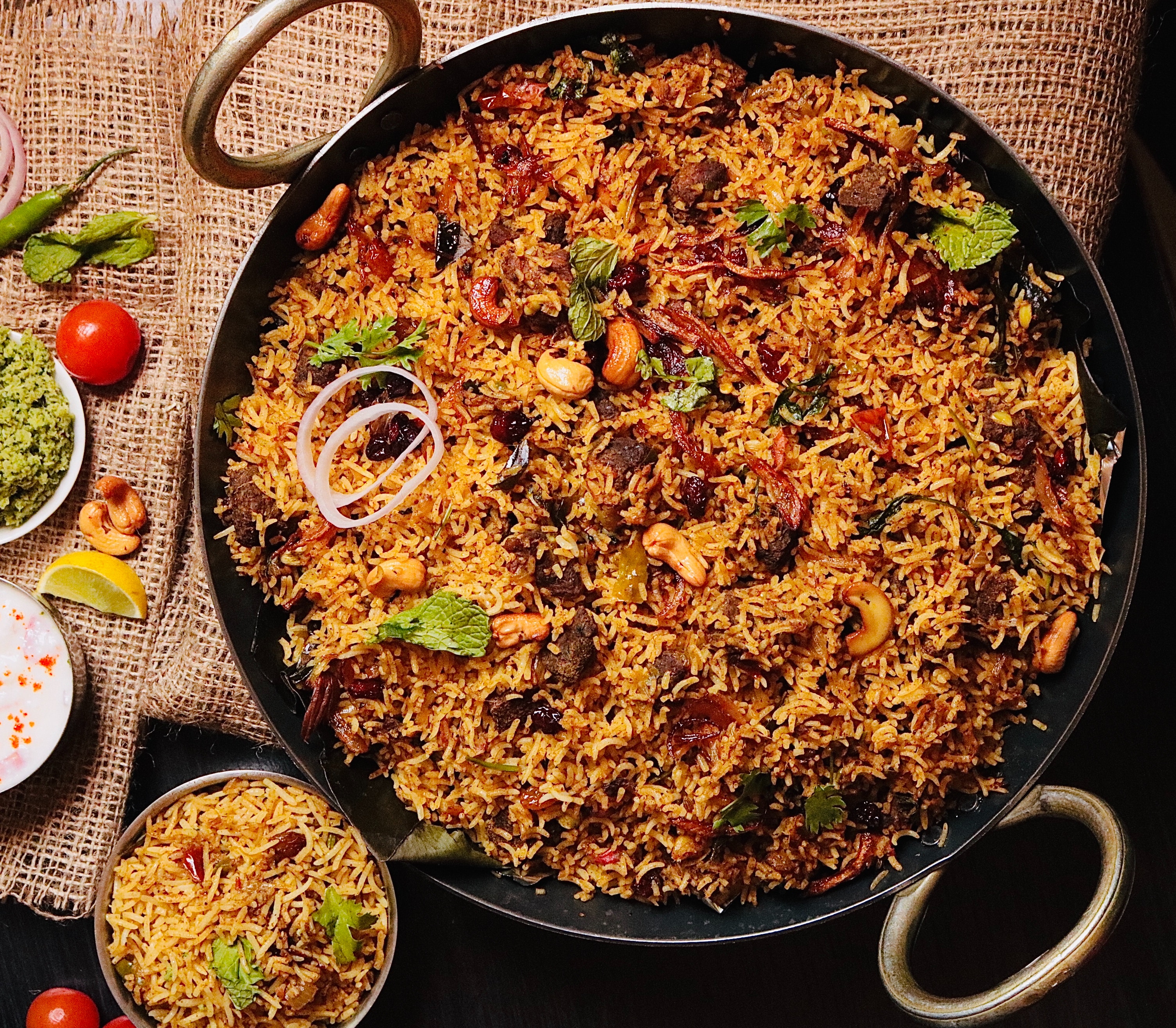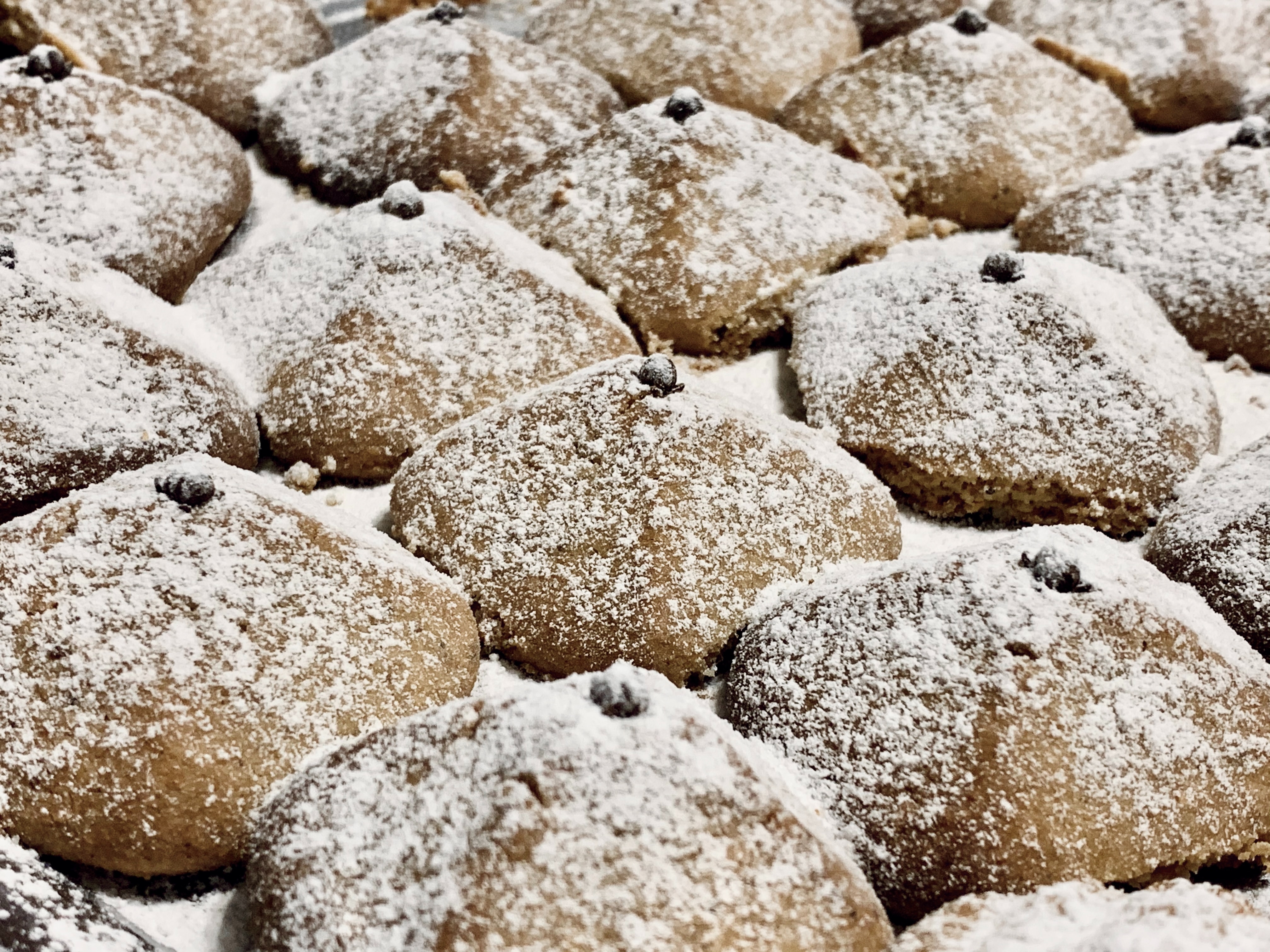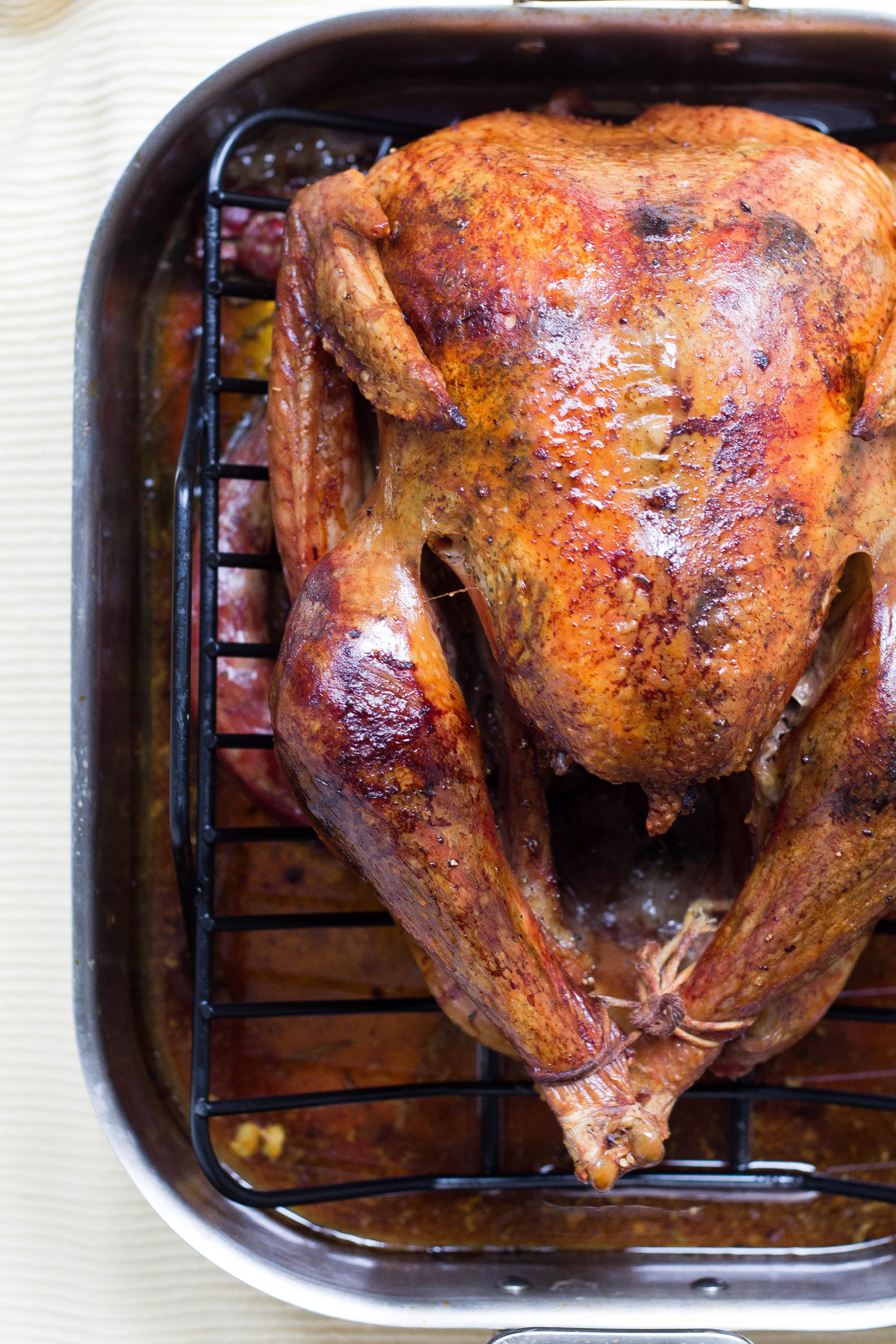One of my favorite times of the year is Eid al-Fitr, a holiday that marks the culmination of Ramadan, the month of fasting. This holiday unreservedly holds meaningful importance in my life due to a myriad of traditions. It is a time in which I get to unite with my family, devouring mounds of delicious foods. Spicy and sweet aromas typically waft around the crevices of my house while pots and pans sizzle with golden onions and oil. The kitchen is usually traffic jammed, sounds of chatter pounding against the walls, subduing the sounds of the brewing tea on the stove.
As a Pakistani, the table is often teeming with mounds of cardamom-infused rice and syrupy sweets. One of my favorite meals is biryani-a rice dish entrenched in spices, laden with curried meat (usually lamb, in my case), and mixed in with the ever-so-controversial root vegetable: potatoes. This dish has Mughal origins, and there are many variations of this meal, depending on the region or country in which it is made. Traditionally, this dish involves a process known as dum, derived from a Persian word, which basically refers to the method of letting food cook slowly. As a blanket statement, rice is a staple component of my culture. White rice, such as basmati or sella, is used to accompany any meal made with gravy or meat; alternatively, it can be a full-fledged meal in itself, as I have mentioned biryani to be. Furthermore, tables are usually coated with other other appetizers such as samosas (fried dough stuffed with vegetables and meat), dahi baray (soaked dumplings covered with yogurt), and pakoray (fritters made of chickpea flour and vegetables).
One of my favorite desserts is gulab jamun. Similar to biryani, this sugary delicacy has Mughal origins. The term gul stems from the Persian word for flower, gul. This is an unequivocally appropriate definition,as this confectionary is glazed with rose water syrup. Gulab jamun is a fried dough ball made with milk solids and semolina, and it is drenched in a syrup that is infused with cardamom, rose water, and saffron. Its appearance is quite regal, as it is often garnished with a myriad of nuts such as cashews and pistachios. Additionally, it can be served either warm or cold, and looks like a doughnut hole, except it is much more moist, with a pancake-like texture. Rose is ubiquitous in Pakistani recipes; it can be found in either savory or sweet creations. In fact, a very popular drink is made with Rooh Afza, a concentrated rose syrup added to water or milk and served typically during the time of Eid and Ramadan.
Palpably, Eid is a time where I have made some of my most treasured memories, spending time with friends and family and expressing gratitude for being surrounded with love, health, and delicious food.
Citation: “Biryani.” Pexels, 16 Oct. 2020, https://www.pexels.com/photo/biryani-in-close-up-photography-5410401/. Accessed 27 Nov. 2022.






